Education
What is Futures and How to Trade Futures

There are different markets available to trade cryptocurrencies. One of the most popular crypto trading markets is Futures. Futures market allows a trader to bet on the movement of an underlying asset. It involves an agreement or contract between two parties to sell or buy crypto assets at a later date and at a known price. A trader doesn’t take ownership of the underlying asset like in the Spot market.
Futures contracts are classified under the derivative trading instrument, which includes CDFs- Contracts for Difference, Options, and Swaps.
Terms Associated with Futures Trading You Should Know
Funding rate: Funding rate is the payment made or received by traders when they go either long or short. It is used in the futures market to maintain the balance between the price of perpetual futures and the price of the spot market or underlying instrument. The funding rate could change depending on the spot and perpetual futures gap.
Longing: Longing in futures trading implies that a trader who holds a position must buy the crypto asset at the predetermined price when the contract expires—traders who go long on a trade in the futures markets profit when the crypto assets go up.
Shorting: shorting entails initiating a sell order in anticipation that a crypto asset would make a downward trend. In futures trading, traders can speculate the price of a cryptocurrency to decline, and if the market responds to their bet, they make a profit.
Read Also
How to Protect your Crypto Trading Portfolio
Crypto Trading: How to Protect Against Liquidation
What are Candlesticks? How to use them
Stablecoins; What are they and What Types are there?
How to Open a Binance Account and Make Your First Trade
Liquidation: liquidation is the automatic offset of a trader’s long or short position in the futures market when the margin is exceeded. When an open position lacks sufficient funds to keep trade active, it gets liquidated and is forced to close.
Open Interest: Open interest refers to the total number of futures contracts at the close of a trading day held by market participants. It could be used as an indicator to back price trends and tell the market strength and sentiment.
Volume: this is an essential tool most technical analysts use to tell how active a futures contract is. It is the total number of futures contracts traded; the higher the volume of an asset in the futures market, the more active or traded it is in the market. It could be calculated by keeping a count of all the contracts bought or sold by traders in the futures market over a given time.
Leverage: in futures trading, a trader can borrow funds to keep their position active to increase their trading position beyond their initial margin; this is referred to as leverage. Leverage allows keeping a more significant entry with little initial deposit.
Initial and Maintenance Margin: The initial margin is the fund a trader deposits with their exchange to open a trading position. The maintenance margin is the total funds a trader must have deposited in their account to keep their trade active. The maintenance margin is often 50% to 75% of the initial margin.
Insurance Funds: Insurance funds serve as a safety net to protect bankrupt traders from further or adverse losses and ensure that the profits made by winning traders are fully disbursed. Insurance funds help to limit the occurrence of counterparty liquidations primarily.
How to Get Started on Cryptocurrency Futures Trading
Trading cryptocurrency futures could offer more opportunities than other crypto markets and has the potential to top up trader’s portfolios. Follow these steps to trade in the futures market.
Step one: Choose an exchange where you can get started. Some top cryptocurrency derivative exchanges, according to Coinmarketcap, include Binance, FTX, OKX, KuCoin, Huobi Global, Gate.io, ByBit, Kraken, BitMEX, and BTCEX.
Step two: if your preferred exchange is Binance, proceed to do the following:
- Download the Binance mobile application or go to the website and register. Open a futures trading account and enable 2FA verification via the application settings.
- Fund your futures wallet with either BUSD or any Binance futures-supported cryptocurrencies.
- Select any available derivatives on Binance: USDⓈ-M Futures and COIN-M Futures.
- Choose a suitable amount of leverage for the position you want to open.
- Place your order type: buy limit, buy a market, or other order types available on Binance futures.
To learn how to place your first trade, click ➡ here
Tip
Futures trading can be profitable to traders with a mastery of the market and a good risk management strategy. But it can also be highly risky. You could lose all your money in a few seconds if the market moves violently. Money and portfolio management, and a sound understanding of how the market works will help you to trade safely and maximize the opportunities in the market.
What do you think of this article? Share your comments below.



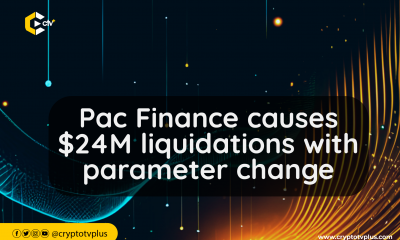

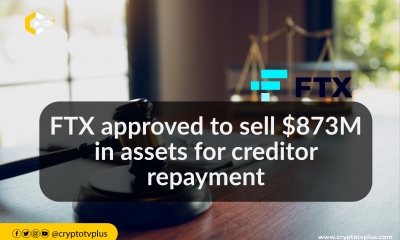

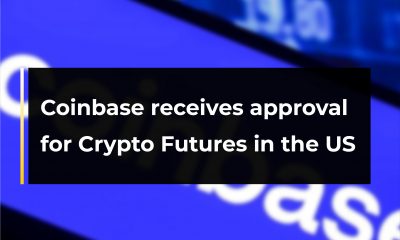

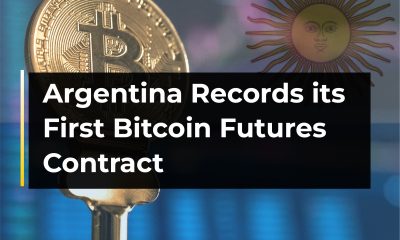

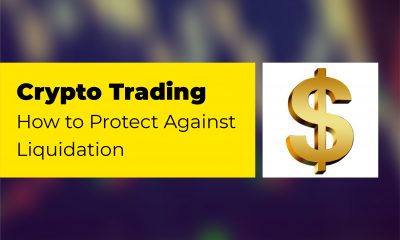

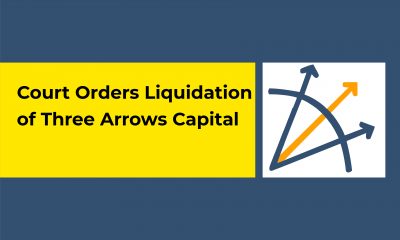











Pingback: What is Futures and How to Trade Futures by Ifeoma Joy Okorie – CryptoTvplus Events: NFT, DeFi, Bitcoin, Ethereum, Altcoin Events